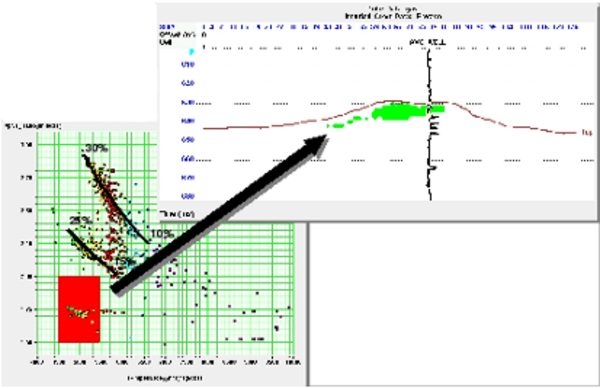


Mineralisations of various types are also often visible in seismic as bright reflectors because they have different characteristics to those of the surrounding rocks. seismic reflectors), with high reflectivity. The impedance of igneous rocks is much higher than that of most sediments, resulting in very bright contacts (i.e. (Adapted from Virtual Seismic Atlas.) Source: SubSurfWiki.Īnother example of very strong reflectors are igneous bodies (dykes, batholiths, etc.) intruded in sediments. (b) Example of a hard event, in this case the seabed. (a) Variation of impedance, reflectivity and seismic profile according to various types of geological layers. The best example is the seabed, where the low impedance of sea water and the much higher impedance of sediments will originate what is referred to as a ‘very bright’ reflector, with very high amplitudes. This type of reflector is called a hard event or a hard kick or a bright reflector. On a seismic trace this will correspond to a pronounced peak or trough. When there is a large contrast of impedances, the absolute value of the amplitude of the corresponding reflector will be high in other words, it will have a high absolute value of reflectivity. The amplitude of a seismic horizon will depend on the impedance contrast of the geological layers that define that horizon. In this short article we will cover the basics of seismic horizon interpretation and how this is used to obtain stratigraphic information. Other uses include mapping salt structures for their use as natural gas reservoirs (gas caverns), delimiting mineral deposits among other activities involving imaging of the subsurface. Recently, this type of data has also been used in geothermal energy activities, carbon sequestration in geological reservoirs and wind energy, especially offshore. 2D and 3D seismic data are major sources of information in the oil industry for both onshore and offshore activities. Reflection seismic is one of the fundamental ways of imaging the subsurface from a geological perspective. A Simple Guide to Seismic Horizon Interpretation


 0 kommentar(er)
0 kommentar(er)
